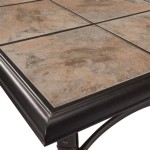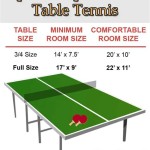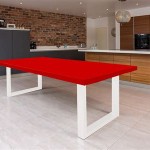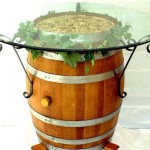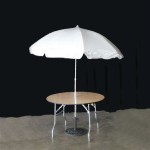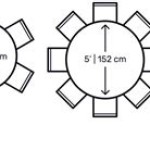How to Make a Sewing Machine Table for Quilting
A dedicated sewing machine table for quilting is a game-changer for quilters. It provides a stable work surface, ample storage, and a comfortable height that reduces strain on your body. Building your own quilting table allows you to tailor it to your specific needs and preferences. This article will guide you through the process of constructing a sturdy and functional quilting table.
Choosing the Right Materials
The first step is selecting the right materials for your quilting table. The most common choices are:
- Wood: Plywood, MDF (Medium-density fiberboard), and solid wood are popular options for the table top and frame. Plywood is affordable and stable, while solid wood offers durability and a more elegant appearance. MDF is a good choice for its smooth surface and affordability.
- Metal: Metal legs and frames provide robust support and can be easily customized. Steel is a durable and affordable option, while aluminum offers lightweight strength.
Consider the weight of your sewing machine and the amount of storage you need when choosing materials. For heavy machines and extensive storage, opt for sturdy materials like plywood or solid wood. If you prefer a lighter table with minimal storage, MDF or metal could be better choices.
Designing Your Table
The design of your quilting table depends on your individual needs and preferences. Here are some essential considerations:
- Size: Determine the ideal table size to accommodate your sewing machine, fabric, and quilting supplies. Consider the space available in your sewing room and how much room you need to move freely around the table.
- Height: Your quilting table height should allow you to sit comfortably and sew without straining your back or shoulders. A good starting point is a height that allows your elbows to be slightly bent at a 90-degree angle when sitting at the table with your feet flat on the floor.
- Storage: Plan for sufficient storage to hold your quilting supplies, including fabric, thread, needles, rulers, and cutting mats. You can incorporate drawers, shelves, or cabinets into your design.
Draw a detailed sketch of your table design, including dimensions, storage features, and the placement of your sewing machine. This will help you visualize your project and ensure all components fit together properly.
Building Your Table
Once you have your design and materials ready, you can begin building your table. Here are the general steps involved:
- Cut the parts: Use a saw to cut the wood or metal components to the desired size and shape. Be precise in your measurements to ensure all parts fit together correctly.
- Assemble the frame: Connect the table legs and crossbeams using wood screws or metal brackets. For a sturdy frame, reinforce corners with extra screws and brackets.
- Attach the tabletop: Use screws or glue to secure the tabletop to the assembled frame. Make sure the tabletop is level and securely attached.
- Add storage features: Install drawers, shelves, or cabinets according to your design. Use woodworking techniques like dovetail joints or dadoes for durable and professional-looking storage solutions.
- Finish the table: Sand the tabletop and any exposed wood surfaces smooth. Apply stain, paint, or varnish to the wood to achieve your desired finish. Metal parts can be painted or left bare, depending on your preference.
- Install your sewing machine: Create a secure platform for your sewing machine on the tabletop. Consider using a sewing machine table attachment or a platform that allows for easy removal and replacement of the sewing machine.
Remember to use safety equipment like safety glasses and hearing protection when using power tools.
Additional Tips
Here are some additional tips for building a quilting table:
- For a smooth sewing surface, consider using a sheet of acrylic or tempered glass on top of the tabletop.
- Add a light source to your table for better visibility while quilting.
- Include a small, rolling table next to your main table for extra workspace and storage.
- Use a quality sewing machine table attachment to ensure a secure and stable platform for your machine.
Building a custom quilting table can be a satisfying project. With careful planning, precise execution, and attention to detail, you can create the perfect workspace to enhance your quilting experience.

Making A Custom Sewing Machine Extension Table Tutorial Quilting Jetgirl

Quiltfabrication Patterns And Tutorials Diy Sewing Table

How To Build A Sewing And Quilting Table 2

Diy Sewing Machine Table Dadand Com

Quiltfabrication Patterns And Tutorials Diy Sewing Table

Easy Build A Large Or Tiny Sewing Crafting Table The Borrowed Abodethe Abode

Making The Best Ergonomic Adjustable Sewing And Cutting Table Gwenstella Made

20 Inspiring Diy Sewing Table Ideas In 2024

20 Inspiring Diy Sewing Table Ideas In 2024

Diy Sewing Machine Table Dadand Com

